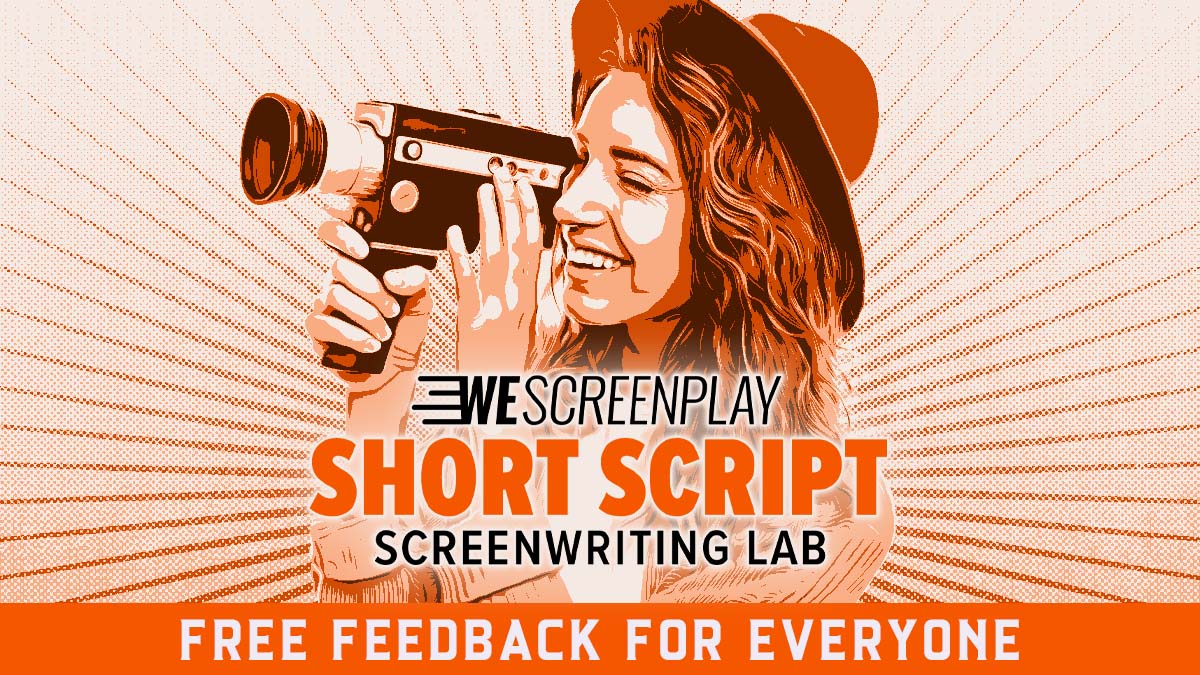
By: Beverly Peders
Whenever that idea pops into your head and you jot it down, there’s always that second where you come up with a surrogate name for it until you can give it more thought. “Western with Animals” or “Foodie Rom-Com” don’t sound like box office ready titles, but no matter how long you develop your story, it seems like sometimes the title can haunt you. Sometimes no name seems good enough or sometimes you find you have six that are perfect! How do you pick the right one?
This struggle happens with everything from settings to characters to shady societies made of acronyms. Does he read like a Gordon? Is A.I.M.E.E. really the best name for your robot that takes over the world?
Titles
Everyone knows titles can make or break your movie. If no one understands what The Shawshank Redemption is they may not go to see it. Likewise, something as simple as being unable to pronounce V.I. Warshawski can put off audiences. In Hollywood a good rule of thumb is “less is more”. Seen anything by Disney or Pixar recently? Brave, Frozen, Tangled, Moana, you see the pattern? A strong word that encompasses the feeling or main theme of your script can do wonders for you. Of course, Dr. Strangelove: or How I Learned to Stop Worrying and Love the Bomb and movies like Seeking A Friend for the End of the World both had long titles and were successes. While short and sweet is certainly tried and true, long titles work too.
What are some easy ways to make a good title? Word play is definitely a common cure for title creation slumps. Orange is the New Black is a great example. It conveys an idea through an idiom most people know where “blank is the new black” equals something is the newest trend and American viewers can easily associate orange with prison uniforms.
Pushing Daisies is a cheerful way to describe death which is perfect for this bright and fun dark comedy involving reanimation. There is a great YouTube video by Darius Britt on movie titles if you want more examples and a visual explanation.
Whatever your title is you come up with, it’s best to give it a few trial runs. Come up with a handful of good ideas and test them out on your friends. Don’t tell them what your script is about and have them guess by the title. If they’re completely off, then scratch it off the list. It might take a while, but good things usually do.
Characters
This one is my weakness. Once I have an image in my mind of the character, I’ll slap a quick nametag on them and continue on with developing the story. The name then becomes out-of-date or incorrect, but I’ve used it in all my notes.
One trick I’ve tried, before diving into story development, is to do some character studies and figure out what kind of character I want and then research the best name. Not only does this save me from a lot of erasing and rewriting later, but the process of fleshing out my characters early on can help me when I begin mapping out the story because I don’t feel like I’m making the character up as I go.
Everyone has different strategies and ways to name characters. I used to keep a word document with every name I came across or thought of. Trust me, it is not worth it when you have the internet. Everything from baby name websites to name generators to just Googling what you might have in mind are revolutionary ways to find the perfect name.
I personally avoid name generators because they tend to follow a formula that doesn’t work, but they can give ideas. Whether you pick a place on the map and then look up names in that region or just hit your keyboard, there are some things to avoid.
- If this is a period piece, definitely make sure your name choice fits the era. Nothing hurts viewers more than a character in their romantic colonial tv show named “Blaze”.
- Make sure it’s pronounceable. If your brain is lounge-twisted just reading your elf character’s name with three “y”s and an “x”, chances are you should chuck it.
- Don’t forget you have a whole alphabet. While having characters with similar names is more of a pain to readers, if everyone’s name in your future begins with “z”, your audience might have trouble following your story.
- Not all cultures have similar name structures like English names. Vietnamese names, for example, involve a family name, middle name(s), first name – in that order. Always research a name before committing to it if you’re not sure, or make a really great backstory explaining your choice.
- Symbolism is key. Names can have different meanings depending on their etymology and you can use that. Instead of giving your character the last name “Prince” or a real slap in the face, “Moneybags”, try something like “Basil” which means ‘royal’.
However you decide to name your darlings, just there’s a lot you can ruin or enhance with the right name.
S.O.C.I.E.T.I.E.S.
If you’re writing a conspiracy thriller or just coming up with a cool name for the latest product in your future word, coming up with an acronym that sounds cool but isn’t cumbersome could be a real hassle.
While writing my comic book series, I needed a name for a company that deals with infectious outbreaks and the like. I got really attached to the acronym “P.A.N.D.O.R.A.” because what better describes a pandemic than the mythology behind Pandora? However, the letters couldn’t match up and what I did manage to patch together sounded lame. Is it still in my story? Yes. I just haven’t explained it, which is the easy way out.
There are many popular acronyms in film like Marvel’s S.H.I.E.L.D. or Man from U.N.C.L.E. There are some infamous ones like C.H.U.D. A big rule of thumb is to find something that fits what the acronym is for and then come up with the words for it. However, if that’s not working, try making a list of words you want to use and play anagrams with their first letters.
While acronyms are fun and, if used correctly, could be used creatively throughout a story, they’re not necessary. You could simply have a mattress company called “Spring” with no hidden meaning other than the double meaning. While short and sweet works for acronyms too, but if you can’t figure out how to turn WART into an acronym for an modern witchcraft store, just go with it! Maybe something will shake loose later.
You could turn a random acronym you came up with (they don’t have to be complete words!) like CTOA and while the audience thinks it means Center for Tapestries, Ornaments, and Accessories, your characters know it really means “Couldn’t Think Of Acronym”. Or even make an acronym for a shady society and have your audience guess what it means until the very end! Like Hot Fuzz’s NWA.
Remember that it should at least seem realistic, but if grabbing a bunch of Scrabble tiles and running with it what you like to do, then more power to you.
















